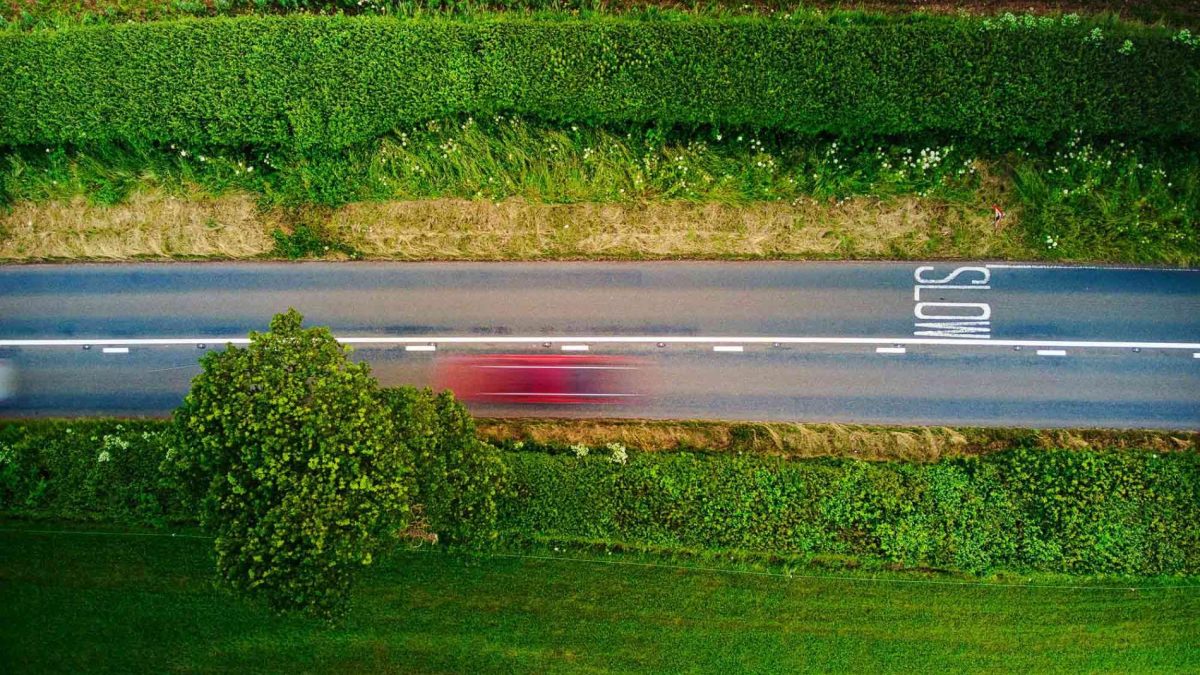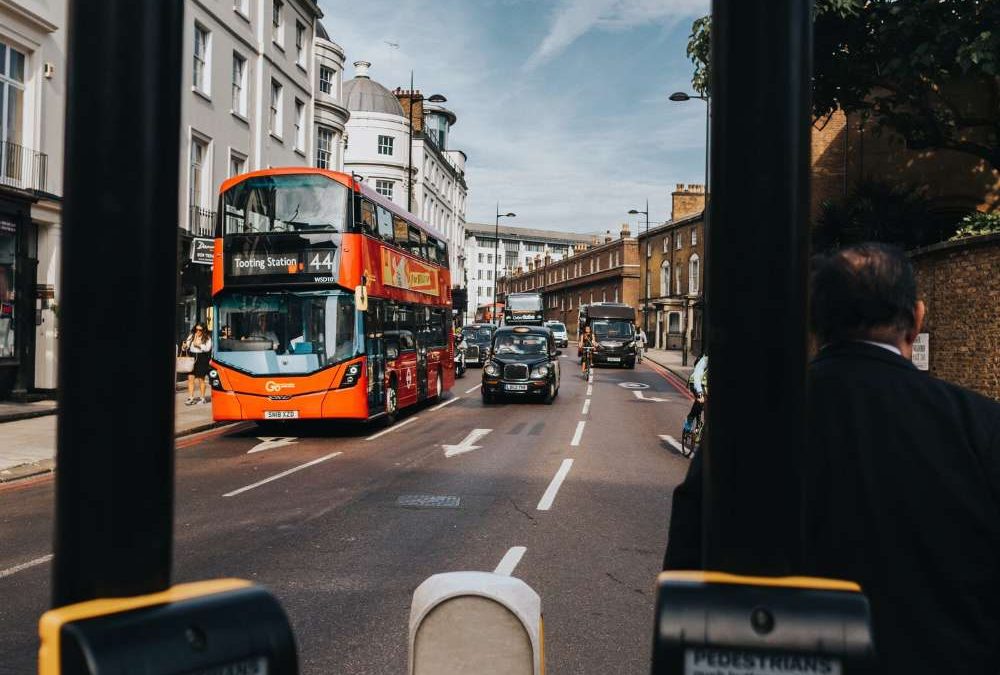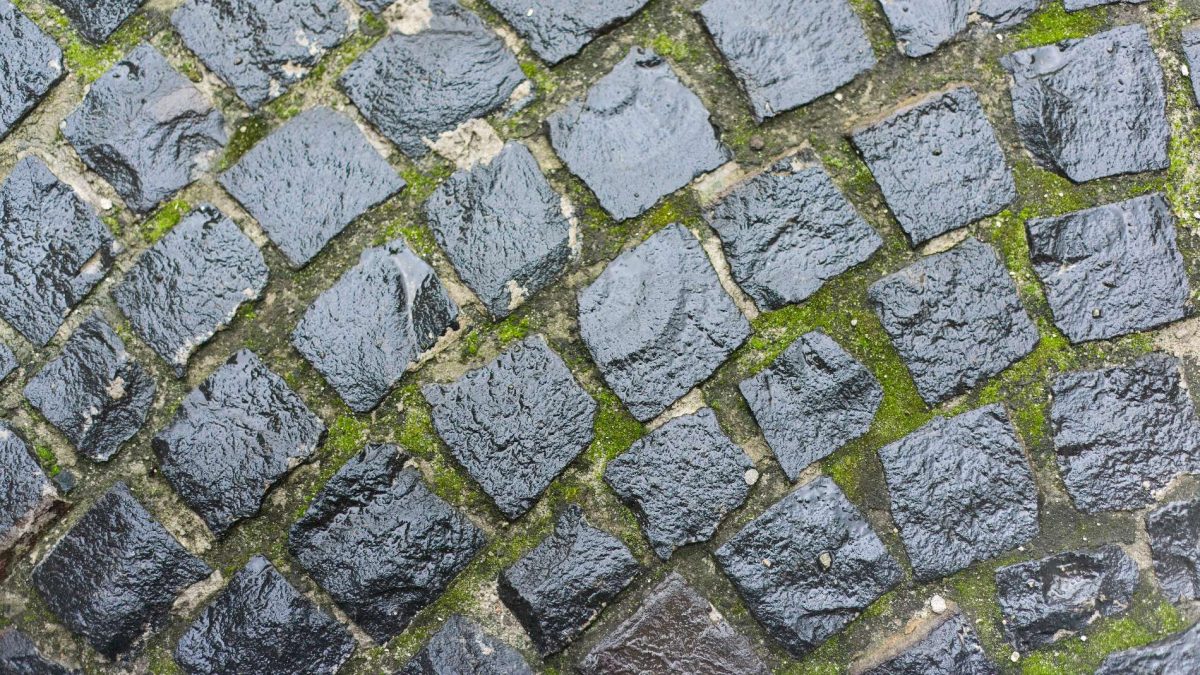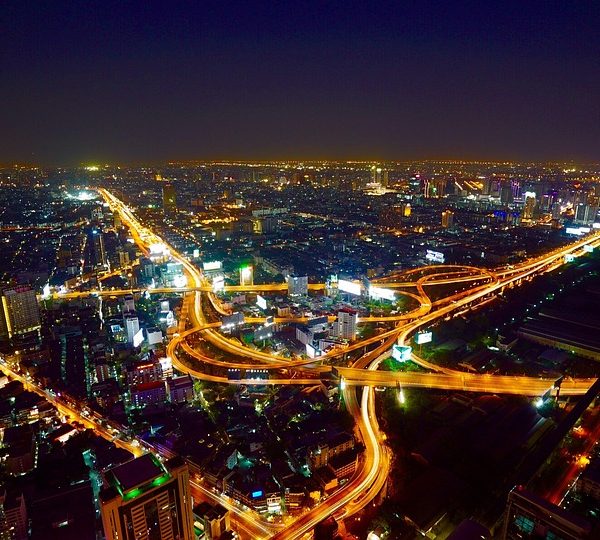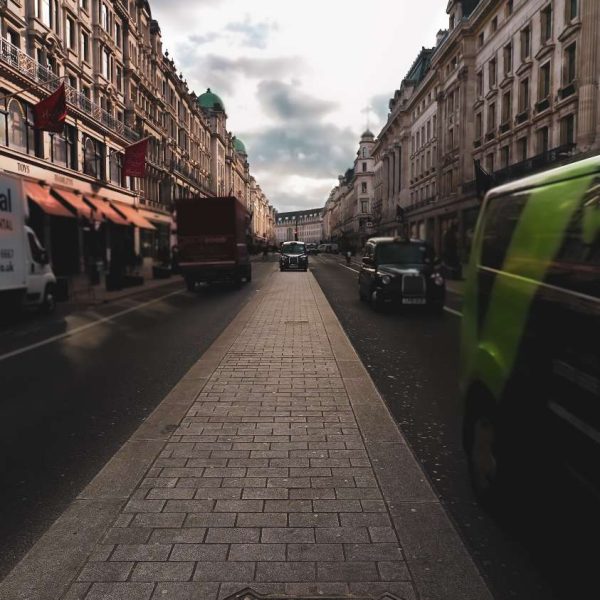Innovative Traffic Island Designs: How Architects are Reducing Road Accidents
In recent years, architects have been experimenting with innovative traffic island designs in order to reduce road accidents and improve the safety of our streets.
Traditional traffic islands, while serving their purpose as a safe place for pedestrians to cross, can be dull and uninspiring. They can also pose hazards for both drivers and pedestrians, particularly in low visibility conditions.
However, architects have stepped up to the challenge and are now creating traffic island designs that are not only functional, but also aesthetically pleasing. These designs incorporate elements such as trees, shrubs, and other vegetation, as well as lighting and other features to make them more visible to drivers. By combining form and function, innovative traffic island designs are helping to enhance safety on the roads.
One such innovative design is the concept of a “floating island”. This design involves suspending the traffic island above the road surface. This is particularly effective in areas with high traffic volumes, as it provides pedestrians with a safe crossing point without the risk of being struck by a vehicle. The floating island also serves as a visual cue for drivers to slow down, as it is easily distinguishable from a distance.
Another innovative design is the “bump-out” island. This design protrudes out from the curb into the street, providing pedestrians with a designated space to cross safely. Similar to the floating island, the bump-out island also acts as a visual cue for drivers to reduce their speed, ensuring the safety of both pedestrians and drivers.
These innovative traffic island designs are not limited to safe crossing points for pedestrians. Architects are also incorporating additional features that contribute to reducing road accidents. For example, raised curbs can be incorporated into the design of traffic islands. These raised curbs serve to slow down drivers and enhance their awareness of their surroundings. Reflective materials can also be integrated into the design, increasing visibility for drivers, especially in low-light conditions.
The increasing popularity of these innovative designs can be attributed to the fact that they not only enhance safety but also create visually appealing urban environments. By incorporating elements such as vegetation, lighting, and seating, architects are able to create traffic islands that serve multiple purposes and attract pedestrians. These islands can become desirable landmarks in the city, providing a space for people to rest, enjoy the view, and interact with their surroundings.
Furthermore, the incorporation of green spaces into traffic island designs has additional benefits beyond aesthetics. Vegetation helps to improve air quality, reduce urban heat island effects, and provide habitat for wildlife. By integrating nature into traffic islands, architects are creating a more sustainable and eco-friendly urban environment.
In conclusion, architects have been pushing the boundaries of traditional traffic island designs to create innovative and visually appealing solutions that improve road safety. These designs incorporate features such as floating islands and bump-outs, which provide safe crossing points for pedestrians while also serving as visual cues for drivers to reduce their speed. Raised curbs and reflective materials further contribute to road safety. These innovative designs not only prioritize safety but also enhance the urban environment by incorporating elements such as vegetation and lighting. By thoughtfully integrating nature into the design, architects are making our cities more sustainable and inviting.


